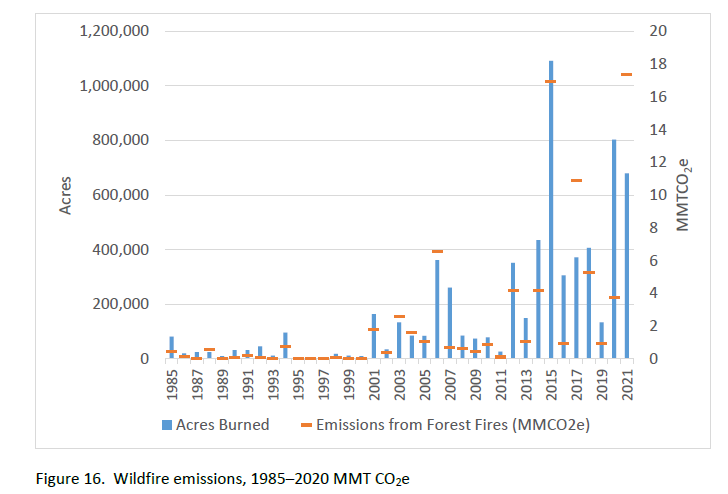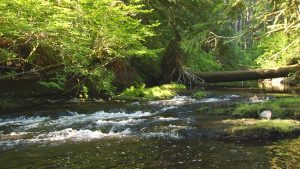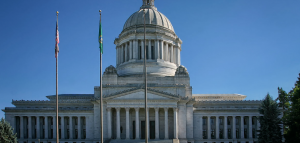Protecting and enhancing the values of sustainable working forests.
WASHINGTON FOREST PROTECTION ASSOCIATION
Washington State Wildfires
REDUCING THE RISK OF CATASTROPHIC WILDFIRES
Introducing fire back into fire-dependent ecosystems in a safe and responsible manner is a key strategy to prevent catastrophic wildfires.
Fire is a natural and essential part of a healthy ecosystem. In contrast, catastrophic wildfires can harm fish and wildlife species, impact air quality, and endanger the safety of Washington’s communities. While only a small percentage of wildfires become catastrophic, they are responsible for the majority of total acreage burned. The most significant threat of catastrophic wildfire today lies in U.S. National Forests, where decades of fire suppression practices in the 20th century have led to dangerous fuel levels. Recognizing that fire knows no boundaries, private forest landowners in the state are working together with local, state, and federal governments to secure additional funding for firefighting and prevention efforts, as well as to research and implement the best fire management practices.

Forest management reduces wildfire
In Washington, nearly 175,000 acres burned in 2022, however, the average number of acres burned in wildfires between 2014-2021 was 607,813 acres each year, emitting more than 8.6 million metric tons of CO2e each year. This is equivalent to emissions from driving 1.9 million cars each year, that’s 64% of the 2.98 million registered cars in Washington. (Source: Forest Health Treatment Framework 2014‐2021 (pg 147) and Washington State Greenhouse Gas Emissions and EPA’s Greenhouse Gas Equivalencies Calculator)

A Balanced Solution with Managed Working Forests
Managed working forests provide a vital solution to this pressing issue. By maintaining healthy, growing forests and simultaneously producing valuable wood products, we can effectively lock away carbon and prevent its release into the atmosphere.
The Carbon Sequestration Advantage
Consider this: on average, each acre of managed Forest Industry lands sequesters an impressive 4.9 tons of carbon dioxide annually. Over half of this stored carbon is transferred into the harvested wood products. This is a stark contrast to formerly managed National Forests, where only 2.9 tons of CO2 are sequestered. In these forests, a staggering 70% of annual growth is lost due to dead and dying trees, which emit carbon. Worse yet, in the event of a forest fire, all the carbon stored in these trees is released back into the atmosphere in one catastrophic event.
Managed working forests represent a practical and sustainable solution to mitigate climate change. By nurturing our forests and responsibly utilizing their resources, we can continue towards the path of carbon neutrality while benefiting from the wood products they provide.
Source: Ganguly, I., L. Droog, F. Pierobon. 2023. Global Warming Mitigating Role of Forests in Washington State, by Land Ownership Type.
Active Fire Management Tools Can Save Our Forests
Scientific research demonstrates that proactive forest management can restore ecosystem health and enhance habitat quality through various fire management tools. These tools include selective harvesting, thinning treatments, brush removal, and pruning, which help reduce the overcrowding of trees, branches, and undergrowth in forests. In areas with an excess accumulation of fuels, a combination of thinning small trees and clearing brush followed by controlled burning can be the most effective method for reducing the risk of catastrophic wildfires. “Prescribed fires” are managed fires intentionally used to clear heavy vegetation under trees, prepare new seed beds, and dispose of excess wood debris on the forest floor. All of these active fire management tools contribute to more manageable forest fires and reduced smoke emissions during controlled burns. Learn more about reducing the risk of catastrophic wildfires.
Learn More About Reducing the Risk of Catastrophic Wildfire


